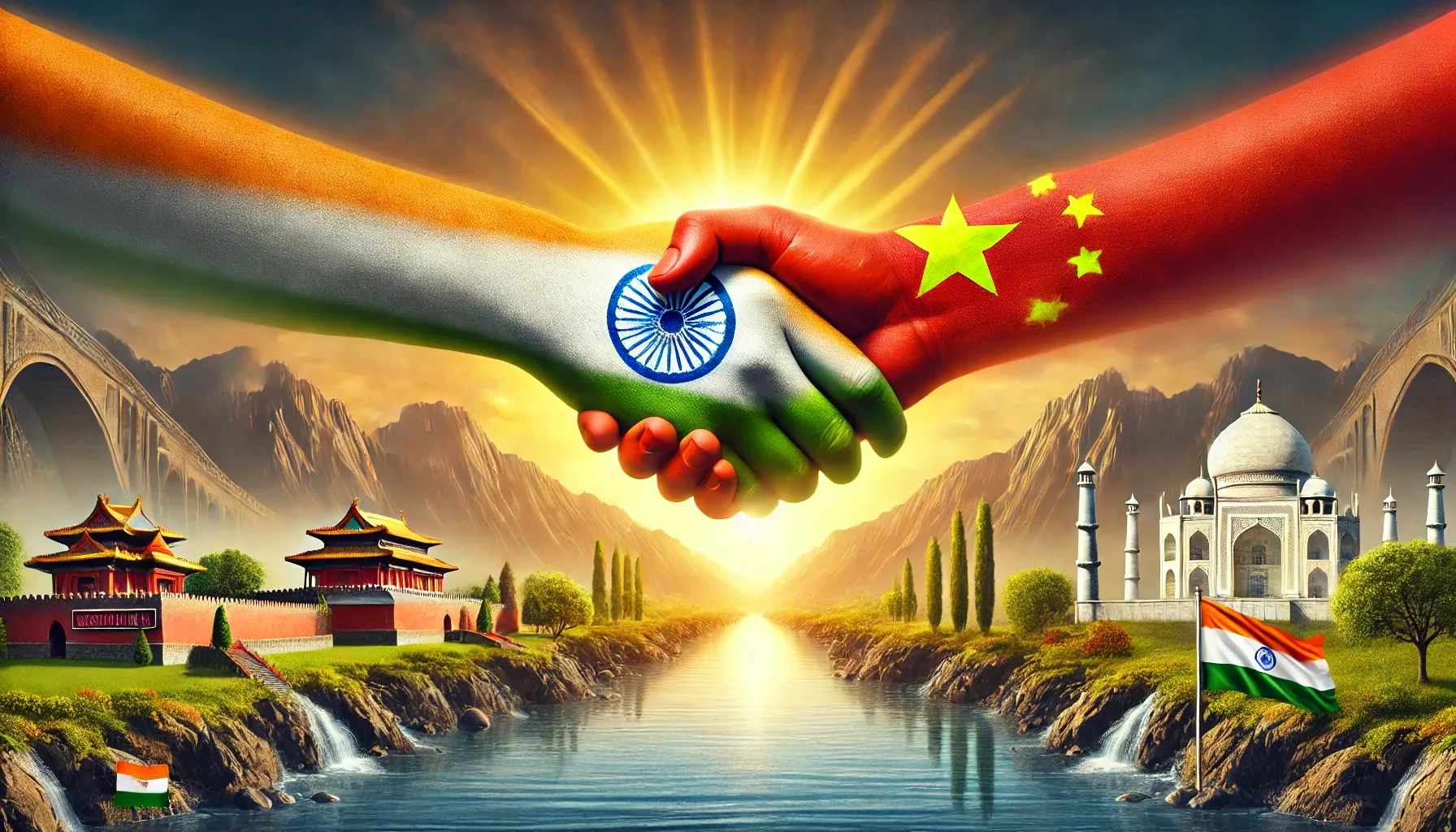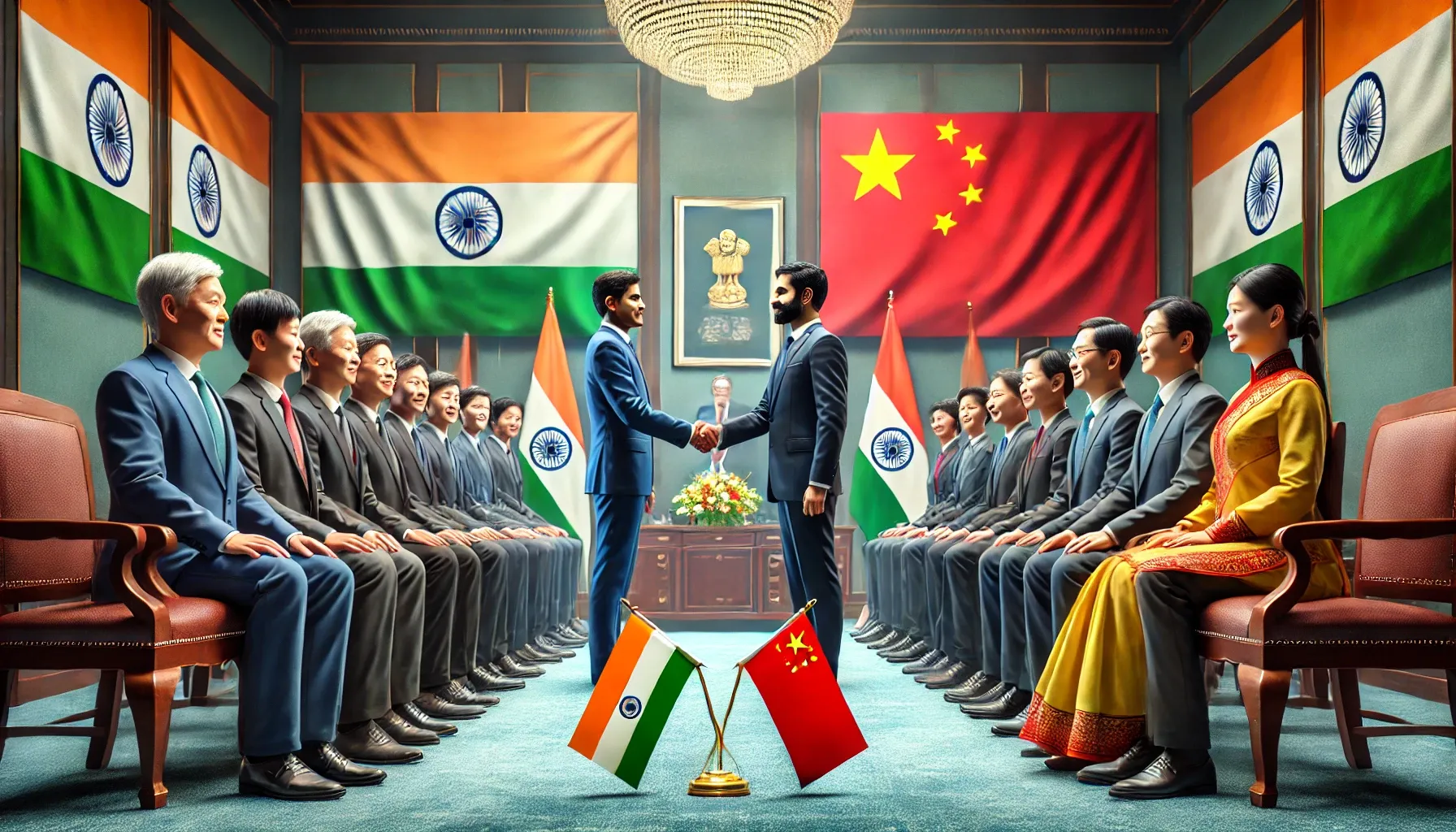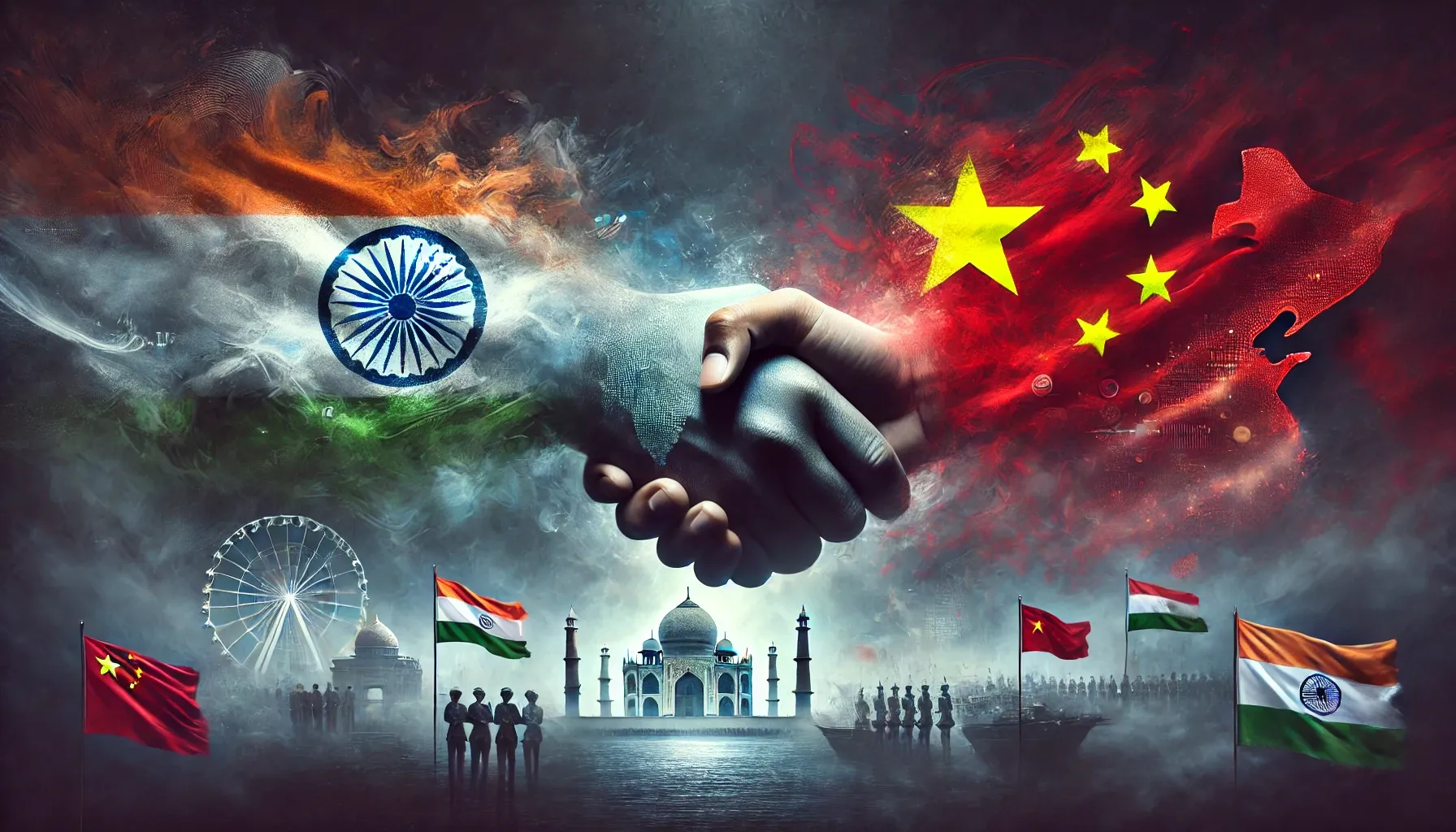UPSC
Indian Express Concise
India-China Relations: 75 Years of Diplomacy and Disputes
Last Updated
5th April, 2025
Date Published
5th April, 2025
Share This Post With Someone

As of April 1, 2025, India and China mark 75 years of diplomatic relations, a journey shaped by historical ties, border disputes, and Cold War dynamics. This article from The Indian Express, published on April 4, 2025, traces the evolution of this complex relationship, offering insights into key events, strategic shifts, and future prospects. It is a critical topic for aspirants preparing for competitive examinations, providing a lens into India’s foreign policy, regional security, and bilateral challenges.

Key Points:
Early Foundations (1950s):
- Diplomatic Ties Established: On April 1, 1950, India became the first non-socialist nation to recognize the People’s Republic of China (PRC), six months after its formation under Mao Zedong.
- Shared Context: Both nations, emerging from colonial rule, sought solidarity as ancient civilizations, with Nehru calling China “India’s old-time friend” for its rich culture.
- Cold War Context: Amid a bipolar world, India’s non-aligned stance under Nehru contrasted with China’s communist alignment, yet both aimed for Asian unity.
- Border Concerns: China rejected the 1914 Simla Agreement and McMahon Line, fueling early distrust over the 3,000-km border. Nehru hoped ties would ease border talks, while China sought India’s non-aligned influence.
Tibet and Panchsheel (1950-1959):
- Tibet Invasion: China’s 1950 occupation of Tibet alarmed India, with Sardar Patel warning Nehru of potential enmity, though Nehru remained optimistic.
- Panchsheel Agreement (1954): Signed to promote mutual respect, non-aggression, non-interference, equality, and peaceful coexistence, it aimed to stabilize ties.
- Dalai Lama’s Asylum (1959): Anti-China riots in Lhasa led to the Dalai Lama fleeing to India, straining relations as China accused India of undermining its Tibet sovereignty.
1962 War and Aftermath:
- Sino-Indian War: The 1962 conflict, sparked by border disputes, saw India lose over 3,000 soldiers and 38,000 sq km of Aksai Chin, marking a low point in ties.
- Strategic Fallout: India’s only military defeat shifted its perception of China from friend to rival, ending the “Hindi Chini Bhai Bhai” optimism.
Cold War Dynamics (1960s-1980s):
- China’s Perspective: Vijay Gokhale notes China viewed India within a strategic triangle with the Soviet Union and the U.S., seeing it as a competitor yet unequal in Asia.
- Shifting Alliances: China’s 1971 alignment with the U.S. against the Soviet Union, and India’s 1971 treaty with the Soviet Union, deepened mistrust.
Post-1990s Developments:
- Economic Ties: Bilateral trade grew from $2.9 billion in 2000 to $136 billion in 2022, with China as India’s top trading partner until 2021, though heavily imbalanced favoring China.
- Border Clashes: Incidents like Nathu La (1967), Sumdorong Chu (1987), Doklam (2017), and Galwan (2020) kept tensions alive, with Galwan killing 20 Indian and 4 Chinese soldiers.
- Diplomatic Efforts: Post-Galwan disengagement began in 2024, with Modi-Xi meetings in Kazan (October 2023) and talks on flights, visas, and media exchanges signaling thaw.
India’s Strategic Evolution:
- Nehru’s Missteps: Gokhale critiques India’s early concessions without counter-demands, while Shyam Saran highlights China’s view of India as a Tibet threat.
- Post-Galwan Stance: India linked border peace to normalized ties, banning Chinese apps and restricting investments, reflecting a harder line.
- Global Alignment: India deepened ties with the U.S., Japan, and Australia via the Quad, countering China’s regional assertiveness.
Future Prospects:
- Cooperation Potential: Modi-Xi talks in 2023 emphasized mutual benefits, with China eyeing India’s market amid U.S. tariffs and India seeking manufacturing investments.
- Challenges: Unresolved border issues, trade imbalances, and China’s Pakistan ties remain hurdles, requiring sustained dialogue for stability.
Glossary
- Non-Aligned Movement: India’s policy of avoiding Cold War blocs, shaping early China ties.
- Panchsheel: Five principles of peaceful coexistence signed in 1954 between India and China.
- McMahon Line: 1914 border demarcation rejected by China, central to eastern sector disputes.
- Aksai Chin: Disputed western region controlled by China, claimed by India post-1962 war.
- Galwan Clash: 2020 border skirmish marking a significant escalation in tensions.
- Quad: Strategic grouping of India, U.S., Japan, and Australia to counter China’s influence.
- Trade Imbalance: Economic disparity where China exports more to India than it imports.
Link To The Original Article – https://indianexpress.com/article/explained/75-years-india-china-ties-borders-history-9925204/


UPSC
The Hindu Briefs